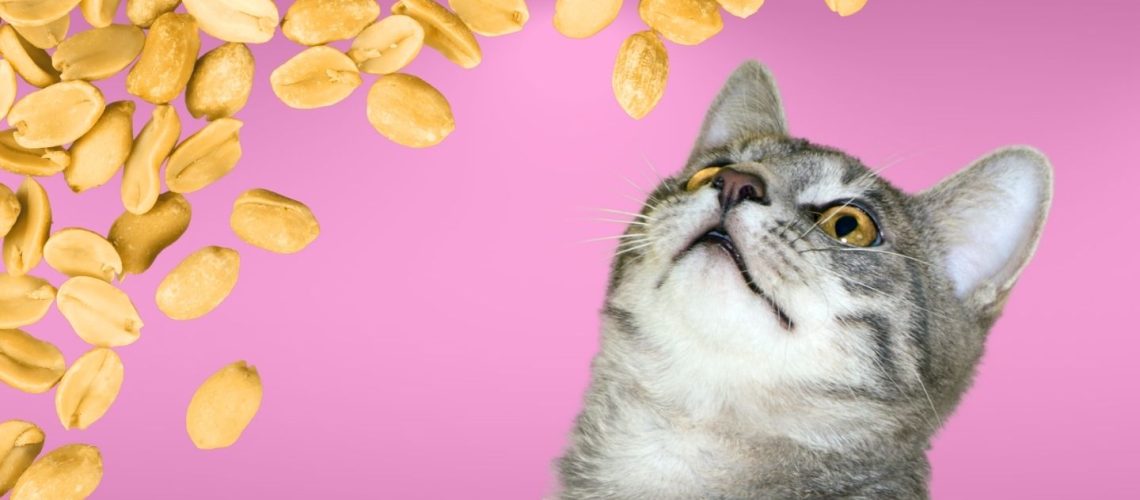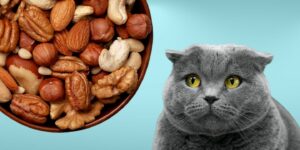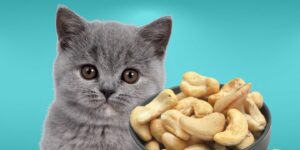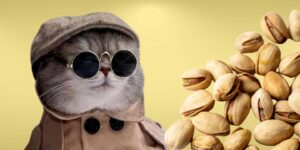Cats should not eat peanuts, as they are not a natural part of their diet. As obligate carnivores, cats are designed to thrive on a diet primarily composed of meat. Consuming peanuts could lead to digestive issues and other health problems. In this article, we'll delve into the reasons why peanuts are not suitable for cats and discuss alternatives for cat treats.
The Natural Diet of Cats
Cats are obligate carnivores, which means they require nutrients found primarily in animal-based food sources. Their diet should consist of high-quality protein, essential amino acids, and other vital nutrients found in meat. Cats are not equipped to digest and process plant-based foods such as peanuts or other legumes efficiently.
Peanuts and Legumes: Can Cats Digest Them?
Although cats may be able to ingest small amounts of plant-based foods, their digestive systems lack the enzymes necessary to break down legumes, like peanuts. Since they cannot properly digest peanuts, cats may experience digestive issues if fed peanuts.
The Nutritional Value of Peanuts for Cats
Protein Content in Peanuts
While peanuts are high in protein, the amino acid profile contained differs from that of animal proteins that cats require. Cats need specific essential amino acids like taurine, which is found in animal muscle meat and organ meat, but not in peanuts.
Fats in Peanuts
Peanuts are rich in monounsaturated fats, which are difficult for cats to digest. Consuming high amounts of these fats can lead to gastrointestinal upset and other health issues.
Vitamins and Minerals in Peanuts
While peanuts do contain some vitamins and minerals, they do not provide the necessary nutrients that cats need from their diet. Feeding peanuts may lead to nutritional imbalances in your cat.
The Risks of Feeding Peanuts to Cats
Gastrointestinal Problems
Eating peanuts can cause gastrointestinal issues in cats, such as vomiting, diarrhea, and abdominal pain.
Allergic Reactions
Although rare, cats can develop allergies to peanuts, just like humans. An allergic reaction could cause itching, swelling, and discomfort.
Choking Hazards and Intestinal Obstruction
Whole peanuts and peanut shells can pose a choking hazard or cause an intestinal obstruction, leading to critical health issues that may require surgical intervention.
Weight Gain and Obesity
Feeding your cat high-calorie foods like peanuts can contribute to weight gain and obesity, which can lead to serious health complications.
Alternatives to Peanuts for Cats
Safe Human Foods for Cats
Some human foods are safe for cats, such as cooked meat, fish, and eggs. These foods provide essential nutrients and can be given as an occasional treat.
Commercial Cat Treats
Choose high-quality, grain-free cat treats specifically designed for cats' nutritional needs.
Homemade Cat Treat Recipes
Consider making your own homemade cat treats using cat-friendly ingredients to ensure they receive proper nutrition.
Tips for Preventing Accidental Ingestion of Peanuts
Creating a Safe Environment for Your Cat
Keep peanuts and other potentially harmful foods out of your cat's reach by storing them in closed containers or cabinets.
Educating Family Members and Guests
Inform family members and guests about the potential dangers of feeding peanuts to your cat.
Monitoring Your Cat's Behavior Around Food
Keep an eye on your cat when eating peanuts or other legumes to make sure they do not consume any accidentally.
What to Do If Your Cat Eats Peanuts
Signs of Peanut Ingestion in Cats
Monitor your cat for symptoms such as vomiting, diarrhea, abdominal pain, itching, or swelling if they have eaten peanuts.
When to Contact Your Veterinarian
If you notice any of the symptoms mentioned above or if your cat has ingested a significant amount of peanuts, contact your veterinarian for further advice.
Treatment Options for Peanut Ingestion
Your veterinarian will suggest an appropriate treatment plan based on your cat's condition, which could include medications or, in severe cases, surgery.
Summary
The Importance of a Species-Appropriate Diet for Cats
Cats require a diet rich in animal-based proteins to thrive. Peanuts and other legumes are not suitable food sources for cats.
Responsible Pet Ownership and Feeding Practices
Keep your cat healthy by providing them with a species-appropriate diet and avoiding unsafe human foods like peanuts. Educate others about the risks associated with feeding peanuts to cats, and monitor your cat's behavior around food to ensure their safety.







